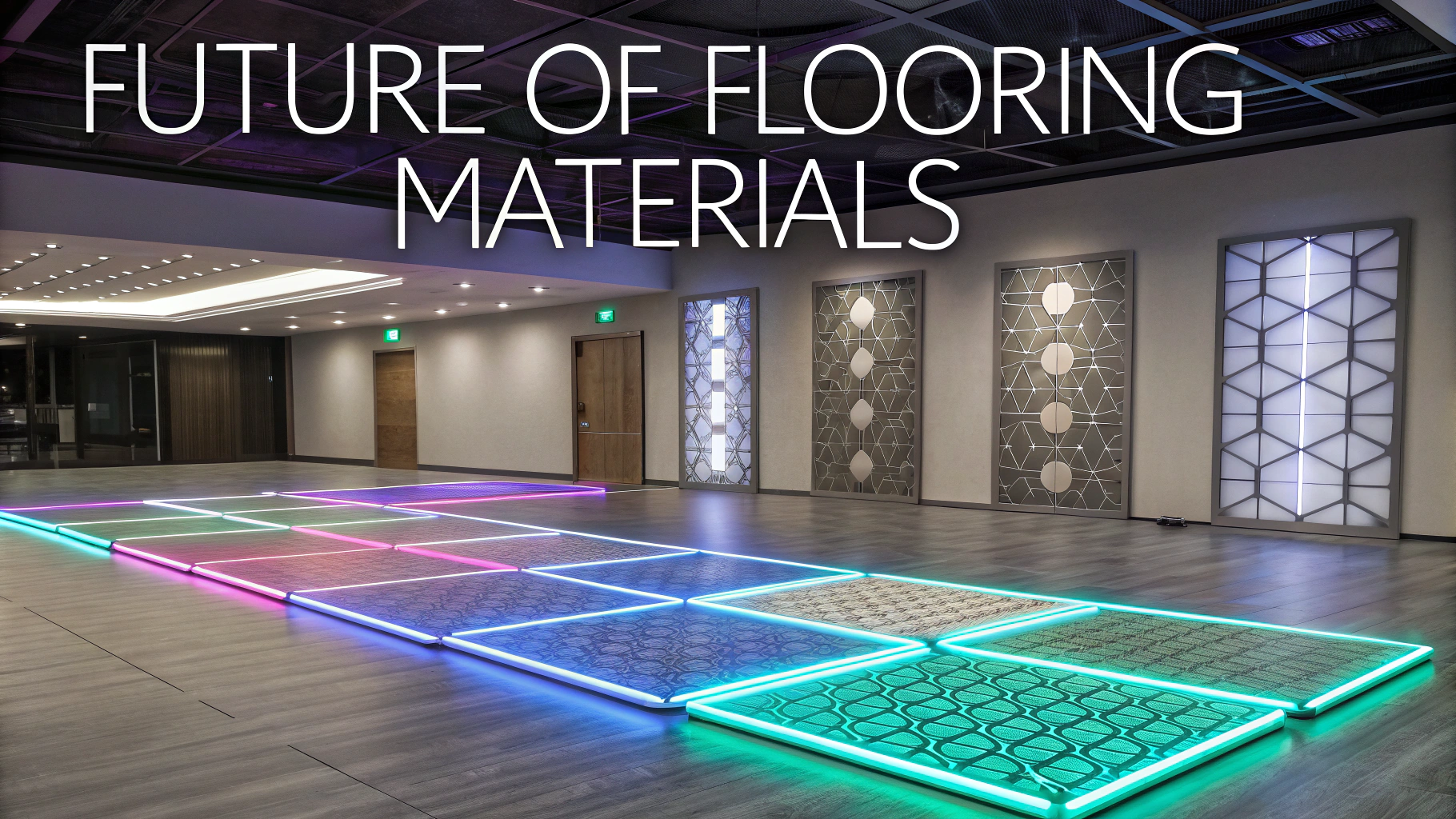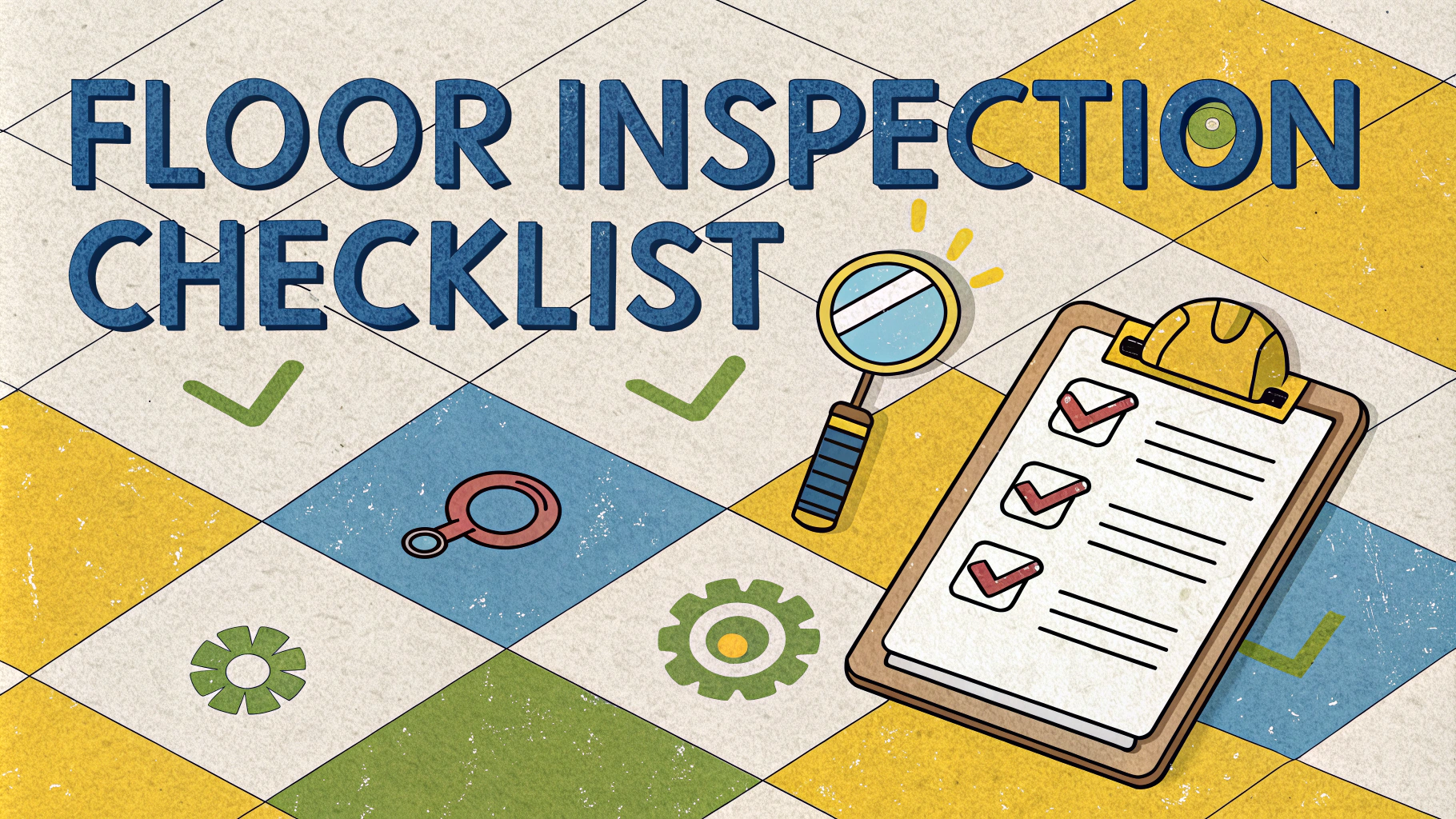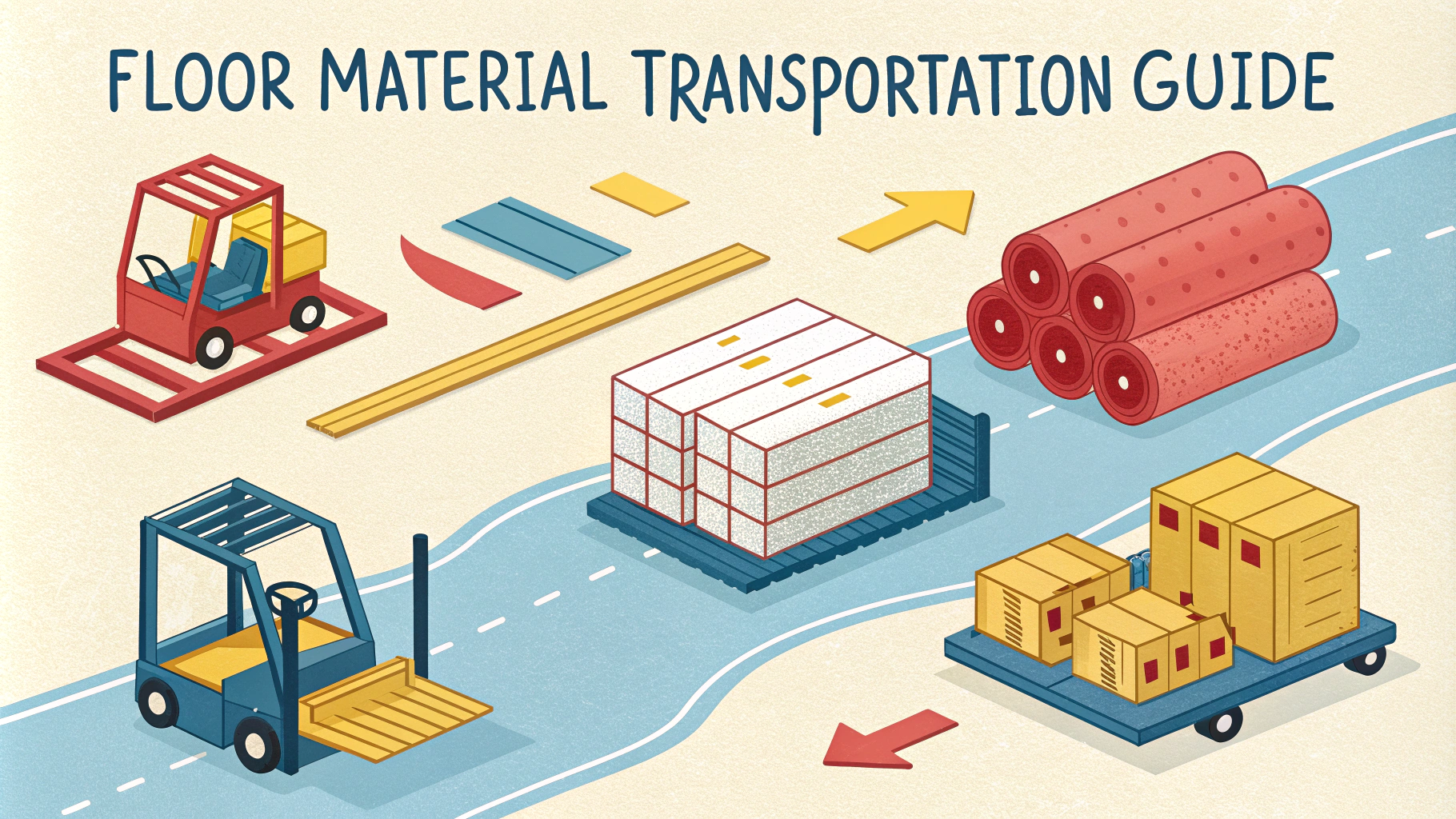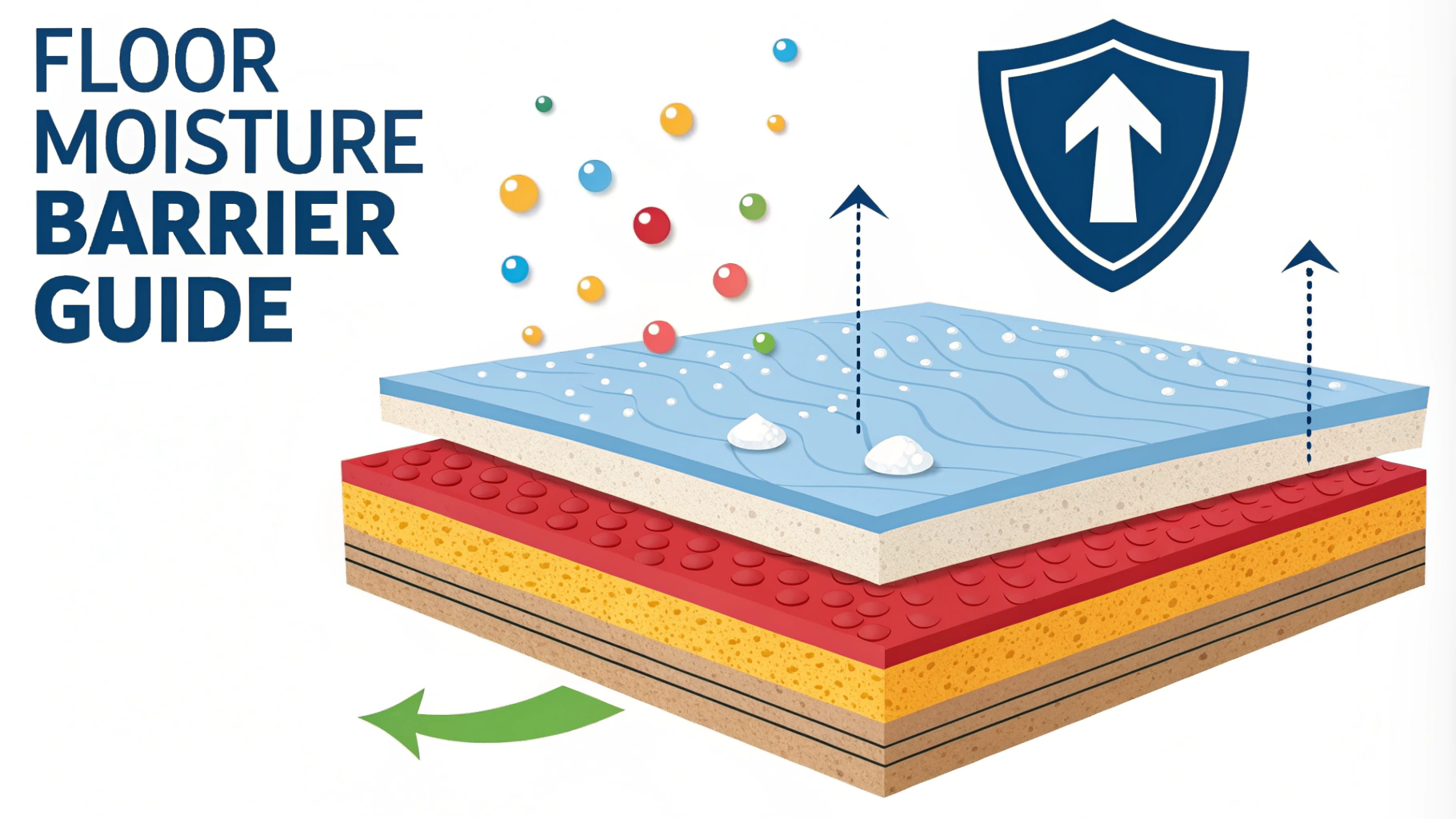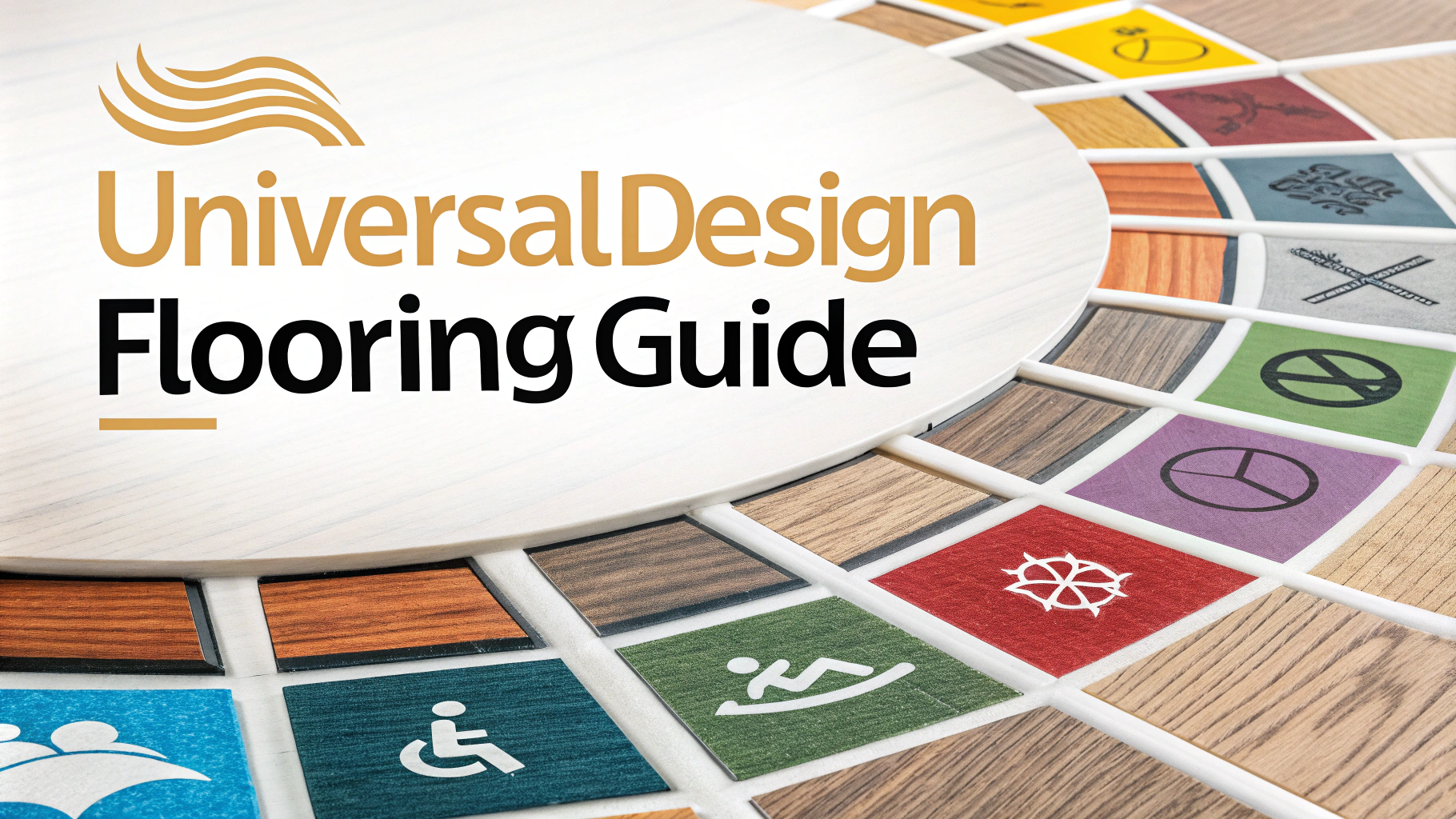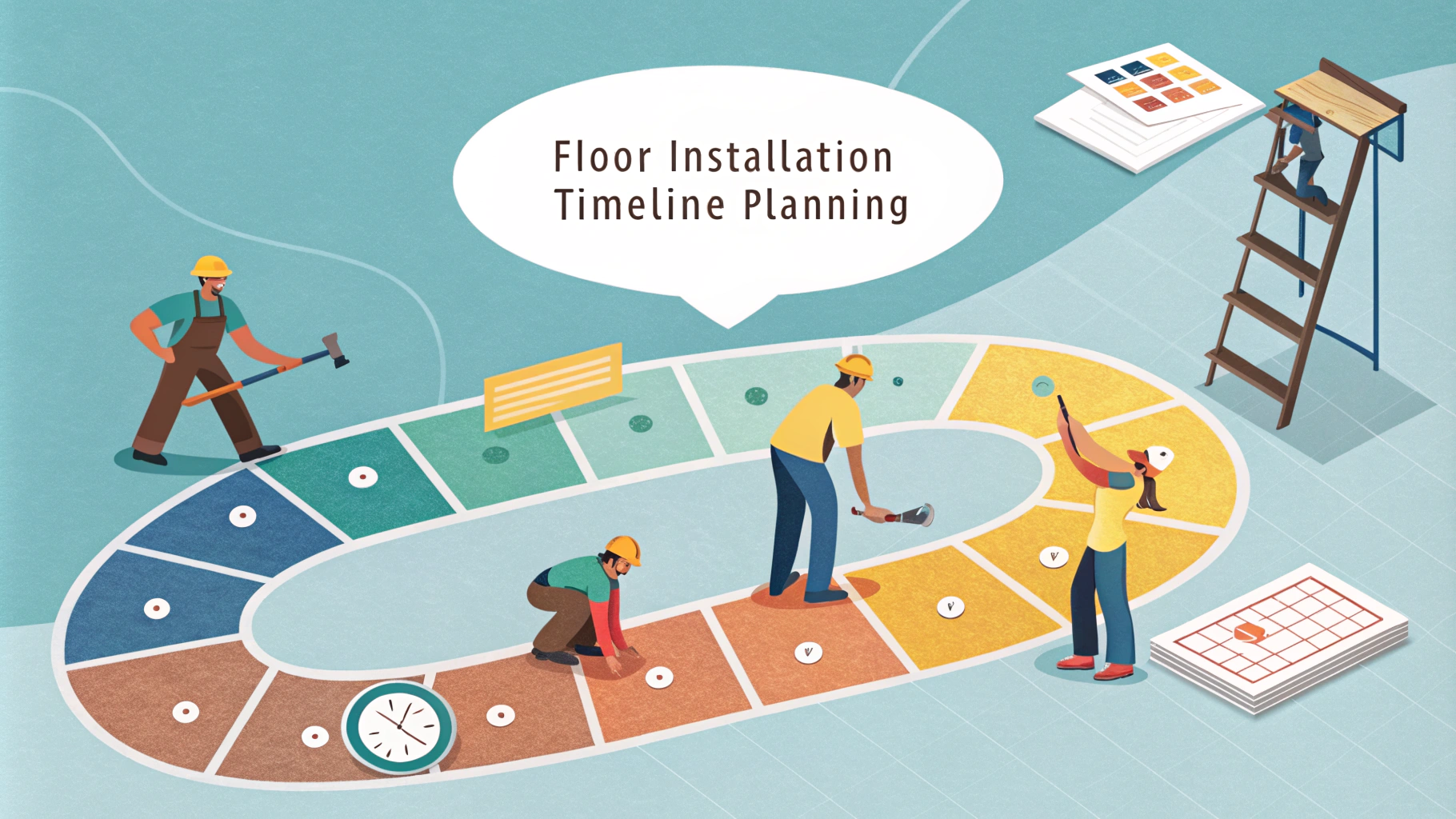Selecting appropriate flooring for indoor pool areas requires careful consideration of safety, durability, and maintenance requirements.
Water-resistant materials that can withstand constant moisture exposure while maintaining slip resistance are essential for pool deck surfaces.
This guide explores the best flooring options for indoor pools, focusing on practical solutions that balance safety with aesthetics.
Top Flooring Options for Indoor Pools
- Textured Porcelain Tiles – Slip-resistant and chlorine-resistant
- Rubber Flooring – Excellent shock absorption and drainage
- PVC Pool Deck Tiles – Easy installation and maintenance
- Concrete with Anti-Slip Coating – Cost-effective and customizable
Safety Requirements
Indoor pool flooring must meet specific slip resistance ratings according to ADA guidelines.
- Minimum coefficient of friction: 0.6 for level surfaces
- Proper drainage systems integration
- Non-abrasive texture for bare feet
- Chemical resistance to pool treatments
Material Comparison Table
| Material | Cost/sq ft | Durability | Maintenance |
|---|---|---|---|
| Porcelain Tiles | $5-15 | 15-20 years | Low |
| Rubber | $3-8 | 10-15 years | Medium |
| PVC Tiles | $4-10 | 5-10 years | Low |
Maintenance Tips
- Clean surfaces daily with pH-neutral cleaners
- Inspect grout lines monthly for damage
- Test slip resistance quarterly
- Address repairs immediately to prevent accidents
Professional Installation Recommendations
Professional installation is recommended for all indoor pool flooring to ensure proper drainage and sealing.
- Contact certified pool contractors
- Request references for similar projects
- Verify warranties and installation guarantees
- Check for proper licensing and insurance
Common Problems and Solutions
- Mold Growth – Install proper ventilation systems
- Slippery Surfaces – Apply anti-slip treatments
- Chemical Damage – Use chemical-resistant sealers
- Drainage Issues – Install adequate slope and drainage channels
Next Steps for Your Pool Project
Contact local pool contractors for site-specific recommendations and quotes.
Consider scheduling consultations with multiple contractors to compare approaches and pricing.
Request sample materials to test in your specific environment before making a final decision.
For professional installation services, contact:
- National Swimming Pool Foundation: (719) 540-9119
- Association of Pool & Spa Professionals: (703) 838-0083
Cost Considerations
Understanding the total cost of indoor pool flooring involves several factors beyond material prices:
- Substrate preparation
- Waterproofing membranes
- Labor costs for professional installation
- Ongoing maintenance expenses
Environmental Impact
- Energy Efficiency – Light-colored flooring reflects more light
- Sustainable Materials – Recycled rubber and eco-friendly options
- VOC Emissions – Low-emission sealants and adhesives
- Waste Reduction – Recyclable materials at end of life
Advanced Features to Consider
Safety Enhancements
- Built-in depth markers
- Glow-in-the-dark elements
- Temperature-resistant properties
- Impact-absorbing zones
Aesthetic Options
- Custom patterns and designs
- Color-coordinated borders
- Decorative inlays
- Brand integration possibilities
Making Your Indoor Pool Flooring Decision
Choose flooring that aligns with your facility’s specific needs, budget constraints, and long-term maintenance capabilities.
- Assess your pool’s usage patterns
- Consider local building codes
- Plan for future renovations
- Factor in regional climate conditions
Remember to prioritize safety and durability over purely aesthetic considerations when making your final selection.
FAQs
- What are the most suitable materials for indoor pool area flooring?
Non-slip porcelain or ceramic tiles, rubber flooring, textured concrete, and PVC tiles are the most suitable materials for indoor pool areas due to their water-resistant and slip-resistant properties. - How important is slip resistance in pool area flooring?
Slip resistance is crucial for pool area flooring as it prevents accidents. Flooring must meet a minimum coefficient of friction (COF) of 0.6 for wet areas according to ADA standards. - What maintenance is required for indoor pool area flooring?
Regular cleaning with pH-neutral cleaners, prompt removal of standing water, periodic sealing for natural stone surfaces, and inspection for damage or wear are essential maintenance tasks. - How long should pool area flooring typically last?
Quality pool area flooring should last 10-15 years for tiles, 7-10 years for rubber flooring, and 15-20 years for properly maintained concrete surfaces. - What should be considered when selecting grout for pool area tiles?
Epoxy grout is recommended as it’s water-resistant, chemical-resistant, and prevents mold growth. The grout lines should be minimal to reduce maintenance requirements. - Can natural stone be used for indoor pool areas?
While natural stone can be used, it must be properly sealed and treated for slip resistance. Granite and slate are better options than marble or limestone due to their durability and water resistance. - What drainage requirements are necessary for pool area flooring?
Floors should have a slope of 1/8 inch to 1/4 inch per foot toward drains, and proper drainage channels must be installed to prevent water accumulation. - How does chlorine affect different types of pool area flooring?
Chlorine can deteriorate certain materials over time. Porcelain tiles, PVC, and specially treated concrete are most resistant to chlorine damage, while untreated metals and some natural stones may corrode or discolor. - What temperature considerations are important for pool area flooring?
Flooring materials must withstand temperature fluctuations and high humidity levels. They should also provide comfort for bare feet and maintain structural integrity in warm, humid conditions. - Are there specific building codes for indoor pool area flooring?
Yes, indoor pool flooring must comply with local building codes, ADA requirements, and health department regulations regarding slip resistance, drainage, and sanitation standards.

